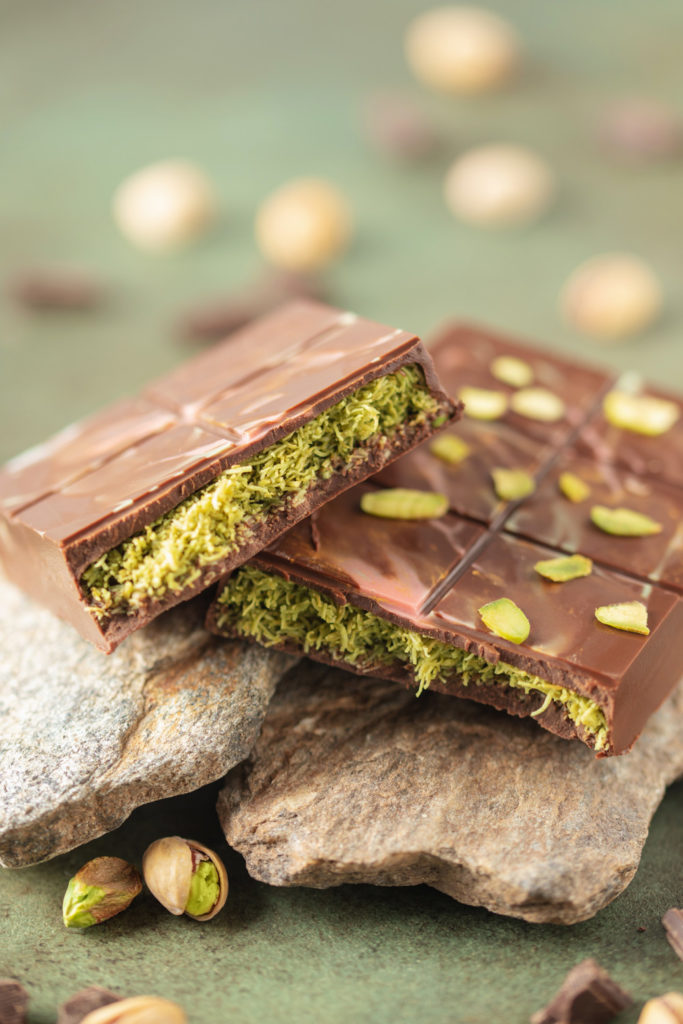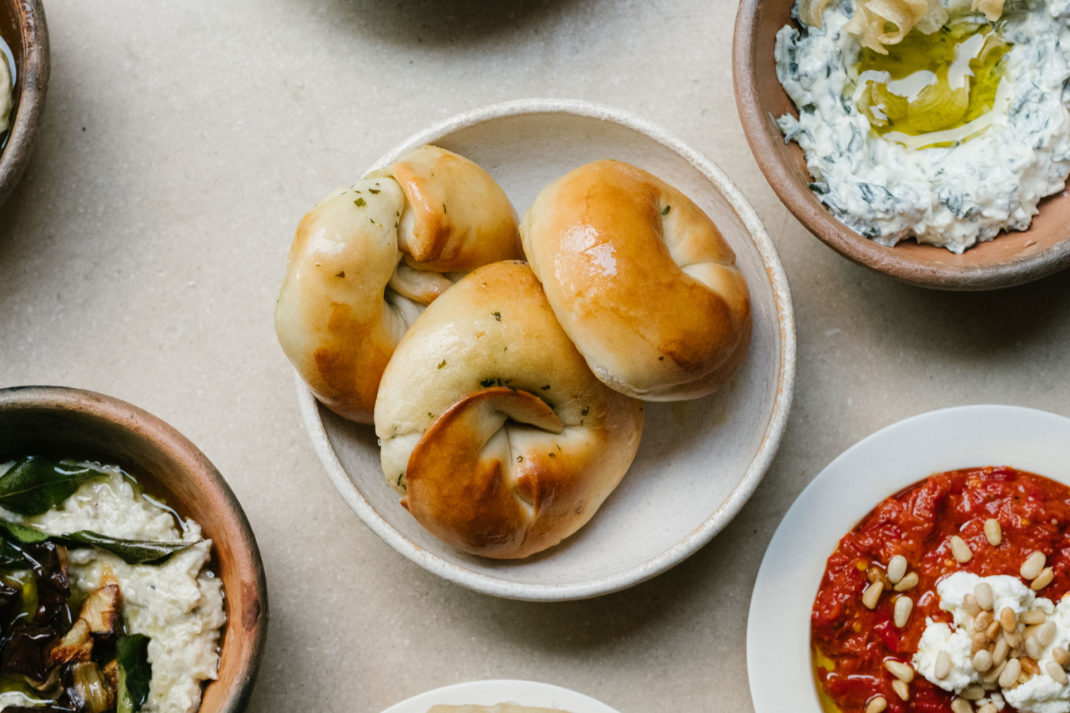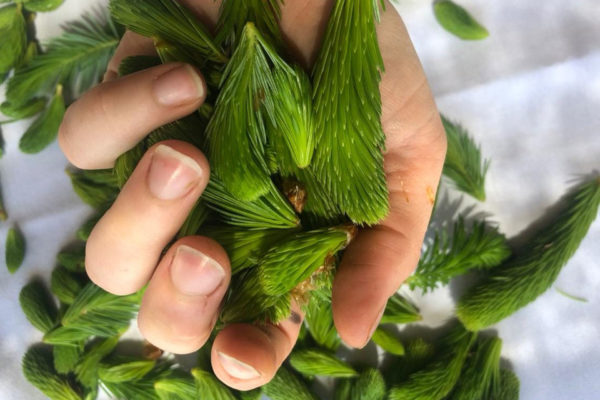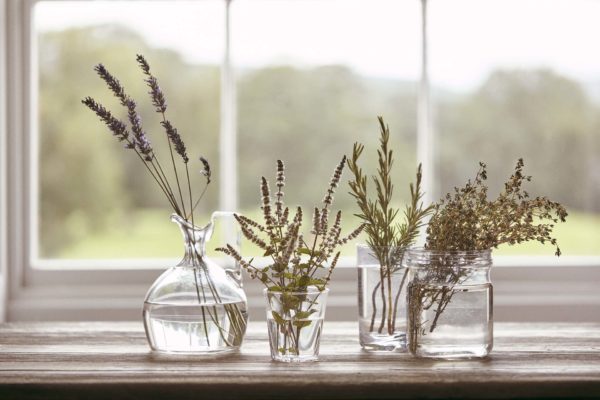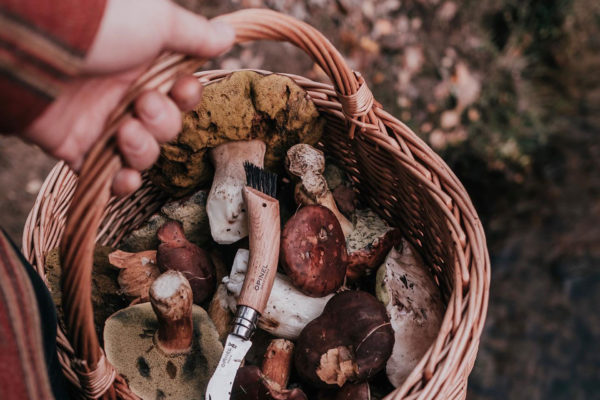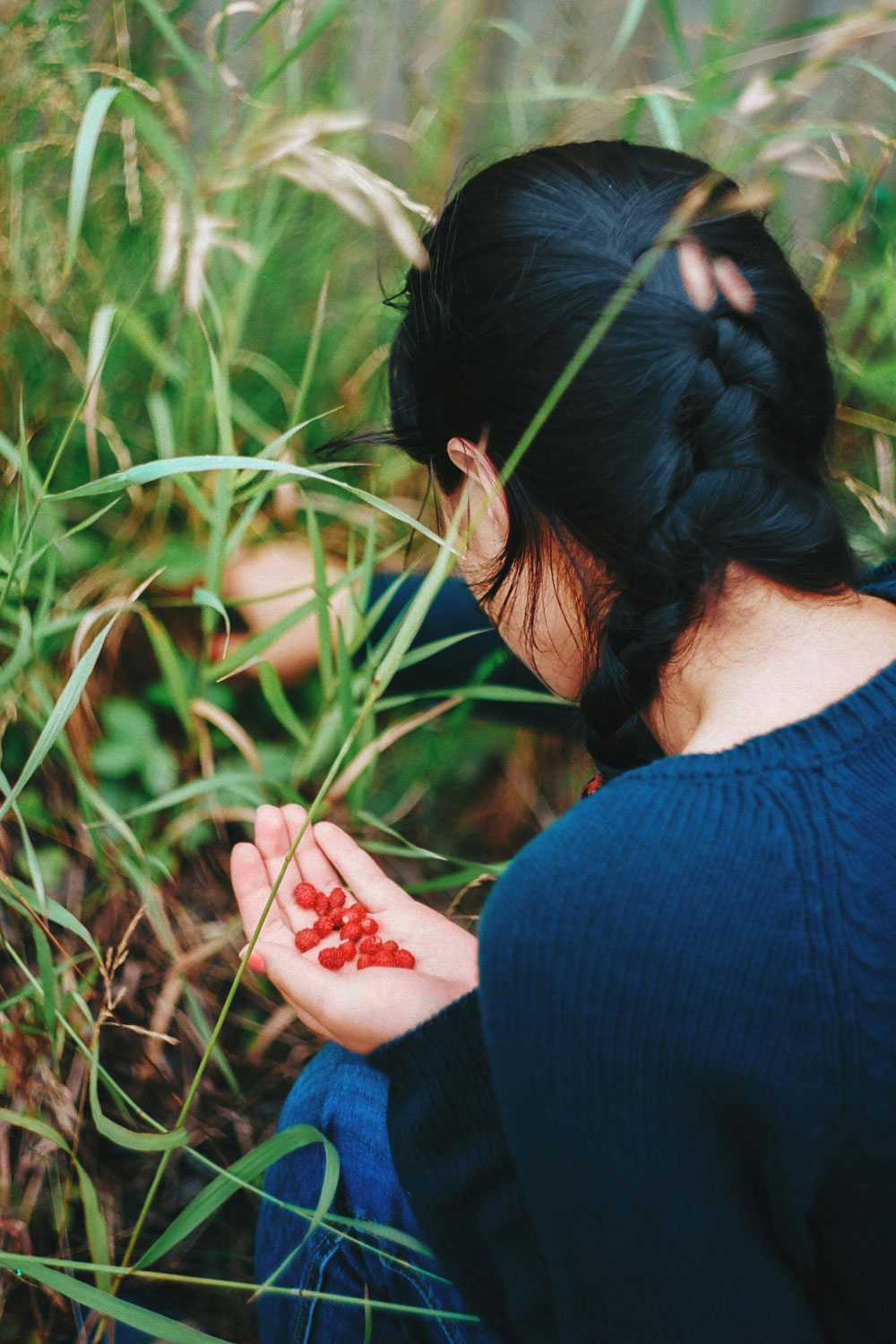
Can You Forage In London?
By
6 months ago
Top tips for urban foraging
The Big Smoke might be the last place you’d expect to find wild food. However, London’s green spaces are filled with an abundance of growing edible fruits, veggies and herbs – provided you know where to look. Early autumn is a great period to try your hand at some foraging: it’s prime time for things like sloe berries, hazelnuts and wild mushrooms. But where to begin?
Foraging In London: A Guide
Key Things To Know Before You Start
Before you go noseying around the bushes of your local park, it’s important to know the rules and regulations surrounding foraging. Check out the Woodland Trust’s responsible foraging guidelines, which includes things like:
- Ensure the site allows foraging.
- Be mindful of the landscape: be careful not to damage the land, and take no more than you plan to consume. Ensure there’s enough left for the wildlife to consume – never take more than a third of the plant.
- Know what you’re picking, and only eat something if you’re 100 percent certain about what it is. Be particularly careful with fungi, which can be notoriously difficult to identify, and hemlock, which smells like carrots but is actually poisonous.
- Don’t collect rare species (some are protected by law). Bring a guide or use an app so you can identify on-the-go.
It’s also worth checking out the Woodland Trust’s month-by-month guide to see what’s in season before you go.
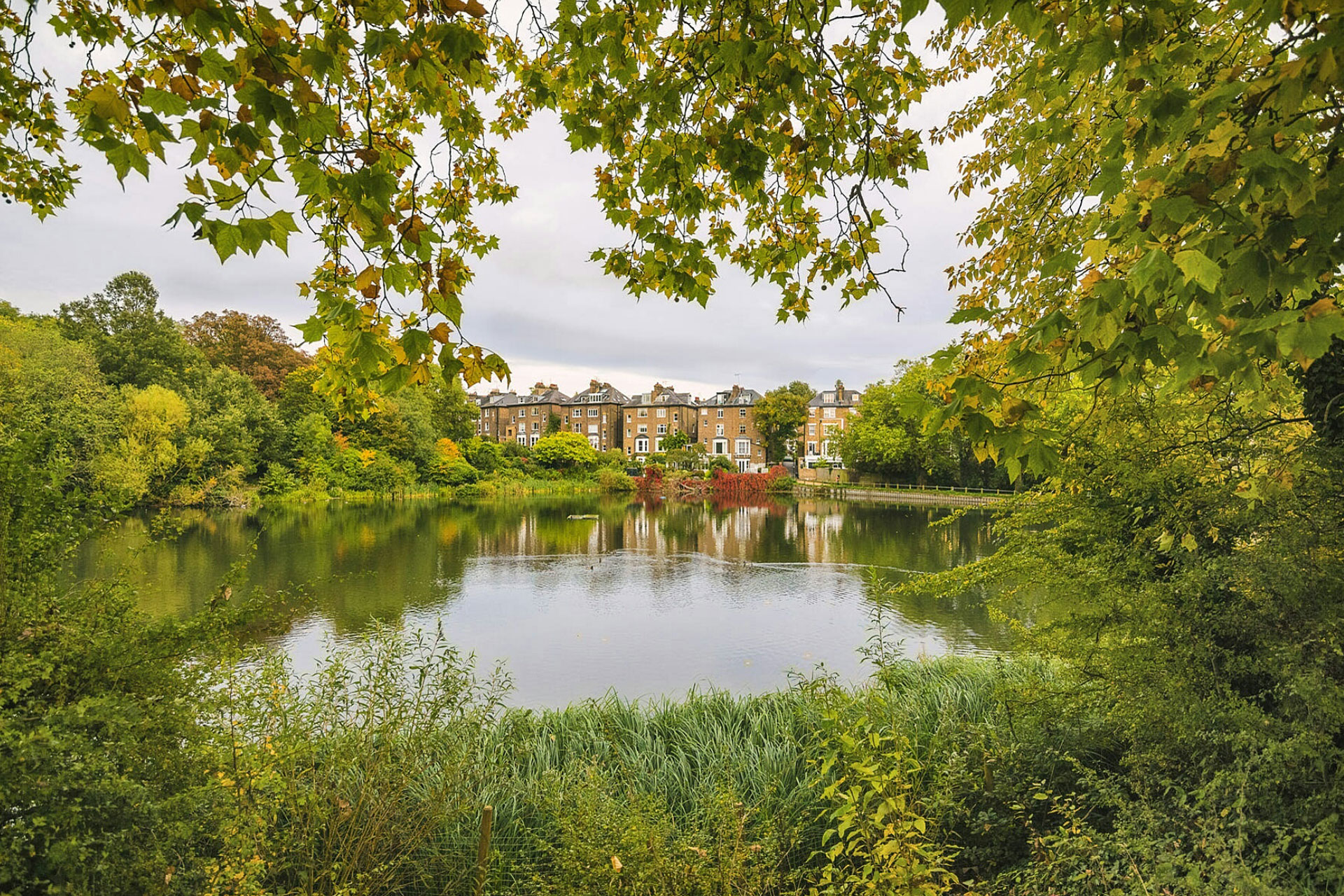
Hampstead Heath
Where To Forage In London
Foraging in London is possible, but be aware that it’s forbidden in the Royal Parks, such as Hyde Park, Richmond Park and Kensington Park. Steer clear of those and instead head to one of the hotspots below, where you’ll find bountiful fresh produce.
Hampstead Heath
This north London favourite is renowned for its beautiful views and wild swimming ponds – but it’s also a great spot for picking wild food. Around the park edges you’ll find plenty of sloe bushes, particularly around October time; nab some berries and use them to make sloe gin for Christmas.
Dulwich Park
South Londoners should head to Dulwich Park, a pretty green space where eagle-eyed foragers will find plenty to take home. It’s a particularly good spot for spring, when you might find some wild garlic or sorrel knocking about.
Battersea Park
Home to a boating lake and the perennially popular Pear Tree Cafe, a trip to Battersea Park is always a treat. But next time you visit, keep an eye out for things like wild garlic, nettle and herbs, which are known to grow amid its leafy surrounds.
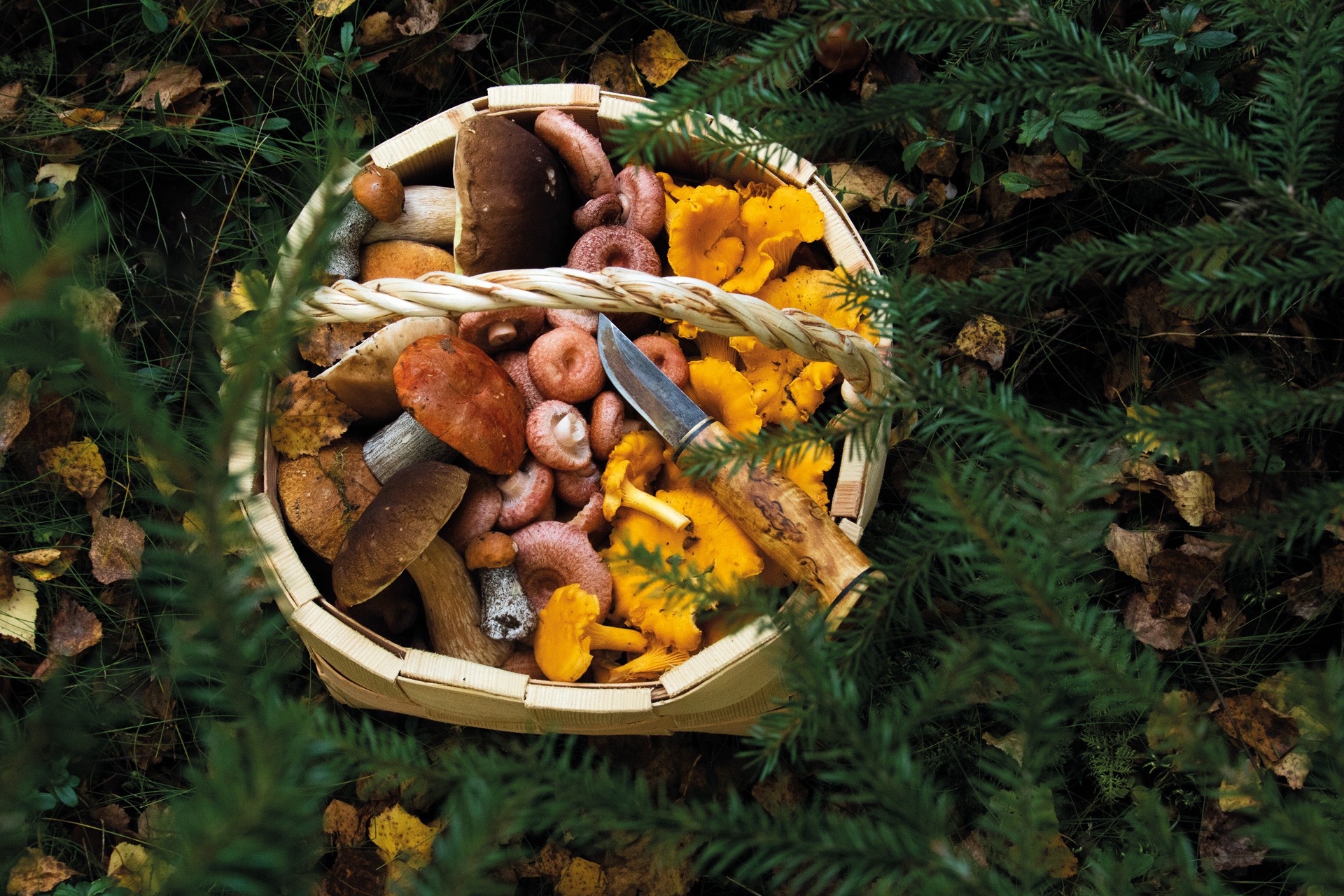
Foraging Classes
If you’re totally new to the world of foraging, joining a walk, class or course can be helpful. Some places to look are:
Forage London
Forage London & Beyond is a collective of independent foraging teachers, who host wild food walks around the capital, plus places like Dorset and Hampshire. Events get booked up pretty quickly, but there are a few walks with spots free in November and December – one in north, another east and another south. foragelondon.co.uk
Foraged
Learn how to identify wild species of plants, trees and fungi on a wild walk with the Foraged team. Teachers will advise on how to stay safe, plus identify different species – with plenty of opportunities for enjoying some freshly picked nibbles along the way. Coming up on 19 October is a wild walk around south-east London, focused around autumnal produce like mushrooms, fruits and nuts. foraged.school
Flavour Fred
With 20 years of experience in the world of wild food, Fred is a certified expert in all things foraging. He runs foraging walks around London and the home counties, where you’ll learn about the rules of picking wild food, plus how to identify plants. Fred will also share some of his preservation techniques, and provide tasters of his wild booze infusions. Upcoming events include fungi-focused walks around Hampstead Heath and Hackney Marshes. flavourfred.com

